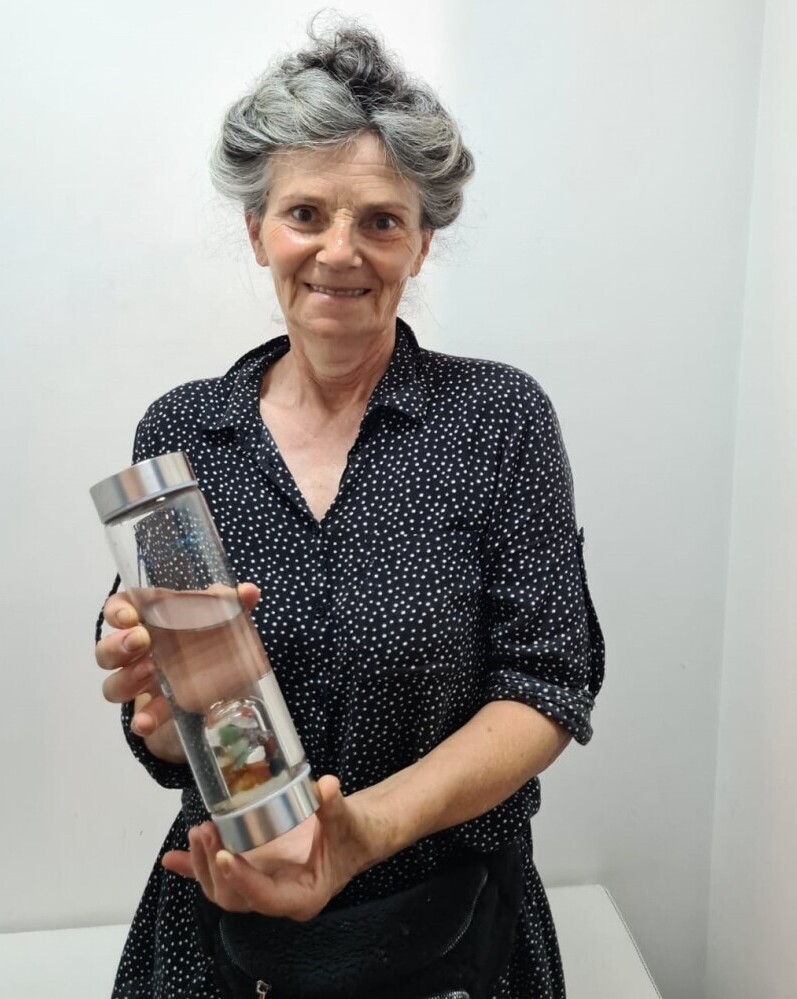Aging isn’t just about counting candles on a birthday cake; it’s a complex process that influences how our bodies change over time. These changes, often more pronounced in later years, affect our body’s muscle, fat, and bone composition.
Genes are part of the story, helping shape how our bodies fare as the years roll on. Yet, it’s lifestyle and environment that often take the driver’s seat. What we eat, how much we move, and even our stress levels can steer our body composition along different paths.
Muscle mass often takes a hit with age, while fat tends to get a little too comfortable in places we’d prefer it didn’t. And then there’s bone density, which can subtly decrease, making that extra yogurt in your diet a good idea.
Hormones are like the body’s background orchestra, tweaking how we store fat, manage muscle, and keep bones strong. As we age, hormonal shifts can play new tunes that reshuffle our body composition levels.
Numbers help paint this picture clearer. Did you know that after the age of 30, most people can start losing 3% to 8% of their muscle mass per decade, especially if they’re not active? And by the time you hit around 70, that lean tissue could decline by up to 15%.
Combatting Common Misconceptions About Aging and Body Composition
There’s a lot of chatter about aging and body composition, and frankly, some of it’s just plain wrong. One big myth? The idea that building muscle after 50 is a lost cause. Thanks to modern science and a better understanding of how our bodies work, we know that’s not true. People continue to build muscle with the right exercise routine even into their golden years.
Let’s tackle the metabolism myth too. People love to say our metabolism just quits as we blow out more candles. While it’s true that metabolism can slow a bit, it’s often more about lifestyle. A slowdown in physical activity plays a major role in noticeable changes.
Then we’ve got the idea that body composition changes are inevitable and solely due to age. Sure, age impacts things, but it’s far from the only factor. Lifestyle choices like diet and activity make all the difference. A couch potato lifestyle can age someone faster than the years ever will.
It’s also important to separate aging from unhealthy habits. Healthy aging isn’t the same as letting yourself slide into bad habits. Staying active and eating smart can mean drastically different outcomes for two people who are the same age.
Look at some studies on successful aging. Real-life examples of folks who defy the stereotypes of aging abound. Think of those marathon-running seniors or weightlifting grandmas. They show us that aging healthily is definitely possible.
Strategies for Managing and Improving Body Composition as You Age
It’s no secret that staying active ranks high in the ‘must-dos’ for aging well. Regular physical activity not only keeps muscles in shape but also helps maintain a healthy weight and supports heart health. Mixing up a routine with strength training, cardio, and flexibility exercises gives a well-rounded approach to fitness.
Eating right is another major player in maintaining a good body composition. Think beyond just counting calories. Focus on nutrients that support muscle maintenance and bone health, like proteins, calcium, and vitamin D. Small changes, like choosing whole grains over processed foods, can make a huge difference.
Mental and physical health go hand in hand, especially as the years add up. Stress and mental burnout can affect physical health, making it vital to keep a positive mindset along with a healthy lifestyle.
Strength training is key for maintaining muscle mass. Even light weights or resistance bands are beneficial. Cardio, like walking or biking, keeps the heart strong, and don’t overlook the benefits of flexibility exercises, which help with balance and overall mobility.
Setting realistic health goals is crucial. It’s great to reach for the stars, but step-by-step improvements provide ongoing motivation and sustainable progress. Small, achievable goals can lead to long-lasting, satisfying results.

